NOTE: This article was first published over at nikonglass on the 8th April 2012
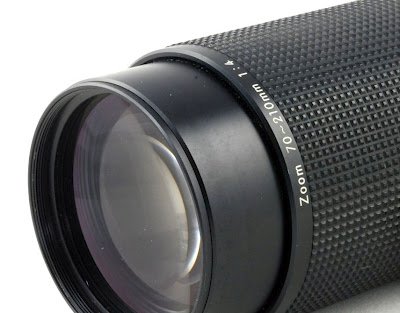
INTRO
Back when we were all shooting film we Nikon users had some very nice one touch zooms - remember those? What? you never shot with film? Wow, I must be getting old! LOL By the way, a one touch zoom uses a single control ring for focusing (twisting) and zooming (push-pull) for better handling and faster acquisition of both focus and zoom settings. Any way, the 70-210mm f/4E is a very nice lens that can produce excellent images with a very small investment. Read on to find out just how good this lens can be on the D700 and what to look out for if you get one!
Up until 1982 the 80-200mm f/4.5 was the lens to get until it was replaced by the legendary 80-200mm f/4, which was even more expensive. Both lenses today carry a legendary status and are very sought after on ebay. Thankfully for photographers with smaller wallets back then, a more affordable choice was available in the form of the Series E 70-210mm f/4. The Series E lens carries a similar lens construction to the much more expensive 80-200mm f/4 of that same time period of 13 elements in 9 groups.
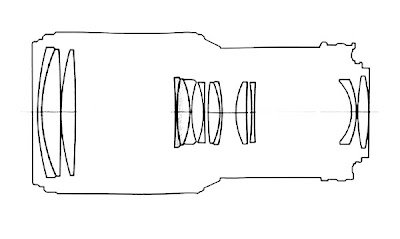
I have used and tested both the 80-200mm f/4 and the 70-210mm f/4 and I find no difference what so ever between them – optically they perform the same. Sharpness, contrast and even flare control seem indistinguishable.
MACRO
These short telephoto zooms (70-200 range) have always been popular with photographers of all genres. The 3x zoom puts you in control of most photography situations, including kids sports, candids, street, portraits, travel, and family snapshots. With this particular lens, you also get macro capabilities for shooting flowers and those wedding close-up details. The normal minimum focusing distance is 1.5m but in macro mode it will focus as close as 0.56m. The 1:6 magnification in the macro mode (at 70mm), is nearly the same magnification as when focused at the minimum focusing distance when completely zoomed out at 200mm. By adding a 6T close-up lens, you get close to 1:1 magnification.
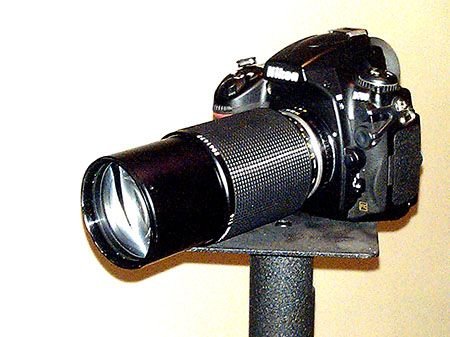
SPECIFICATIONS
• Construction: 13 elements in 9 groups
• Picture angle: 34° 20' - 11 °50'
• Apertures: f/4 - f/32
• Focal length markings: 70, 85, 100, 135, 210mm
• Weight: 730g
• Dimensions: 72.5mm x 156mm
• Filters: 62mm
• Lens hood: HN-24 screw-in type
• Usable teleconverters: TC-200, TC-201, *TC-14A
OPTICAL PERFORMANCE
The optical performance of this lens on the D700 is surprisingly very good to excellent. For a lens that supposedly doesn’t carry any ED glass, you’ll have a hard time spotting any color fringing. For pixel peepers, along high contrast edges, you will see faint color fringing but those are easily distinguished by one click of the mouse in Lightroom 4. From memory, color fringing is more evident on the D7000, so D800 users, beware!. The 12MP FX sensors are probably the best choice for those willing to use older lenses.

Below a 100% screen grab

Under strong daylight and Flaring
Under strong light, like most of the older manual focusing Nikkors, it’s a good idea to over protect the front element from sidelighting as veiling glare can degrade image quality quite fast. Obviously, the vintage coatings of the day and the lack of a hood don’t help under strong midday light when it comes to that “haziness” that can destroy a picture!

A shot with the mid-day sun shinning on the front element, yet image quality is outstanding! Though, if I was a just few degrees lower pointing up, the flaring and ghosting would have destroyed the image.
Technically, the lens has a strong tendency for ghosting when shooting into the sun. But since I don’t shoot the sun, most of my shots with this lens, even those in strong daylight with the sun near the frame edge, came out with good contrast and no signs of flaring or ghosting, even though I had no hood on the lens. Though I should point out that I was careful and always trying to avoid flare by keeping an eye out for it. Again, the lens does flare when pointed to a strong midday day sun, but overall, it’s pretty well behaved when trying to angle away from the light source and if you are aware of this tendency.
DISTORTION
There is no distortion to worry about unless you want to shoot a brick wall! In that case you may see some barreling at the short end and some pincushion at the long end.
VIGNETTING
There is a lot of fall off at f/4 but it immediately nearly disappears by f/5.6. Overall, nothing to be concerned about unless shooting scapes or buildings wide open.
BOKEH
Another big plus is the very nice bokeh! It’s no cream machine, but it does a very good job with busy backgrounds.
SHARPNESS
As already mentioned, the lens performs very well. The best wide open performance is between 100mm and 150mm. This is an excellent portrait choice with a very good bokeh performance as well. The best overall performance is between 100mm and 180mm. In this range, from f/4 the lens is acceptably sharp, but between f/5.6 and f/11 the lens is very good to excellent.
Mounting on a modern DSLR
Being an f/mount lens means that it will mount on all Nikon cameras, including modern DSLR’s. This being a full manual lens without AF or a D chip means that you must have a way to inform the camera of its maximum aperture (eg: f/4). The cheaper DSLR’s such as a D80, won’t provide metering information since it doesn’t know the max. aperture of the lens. Fortunately, you do get the focus confirmation indicator. On the more expensive bodies, such as the D700, you can input the necessary information of the lens (eg: 200mm @ f/4) and the camera will then be able to meter using Matrix in both Aperture Priority mode and Manual mode.Unlike what you are probably used to, you can’t change the aperture by the front dial but will need to change it by manualy turning the aperture ring on the lens.

DISLIKES
What lets this lens down is its build quality. Don’t get me wrong, these E series Nikon lenses are very well built, but when compared to the old Nikkors, the cheaper build is evident, especially today after so many years, things like the plastic aperture rings and cheaper zoom/focus rings are easily worn out beyond repair, so be very stringent when shopping for an E series lens. Despite the looseness and sloppiness of the zoom / focus ring, a lot of current users tend to overcome these shortcomings by claiming that these make the lens speedier to use!
LAST WORDS
The 70-2100mm f/4 is a nice compact zoom lens. It’s not as super sharp as I would have liked throughout its zoom range, and its also not as sharp towards the edges as it is in the center. But overall its an excellent performer just short of the zoom range on either end and stopping down to f/5.6 yields very sharp results. So if you don’t have a fat wallet to get a modern AF tele zoom, look for a series E 70-210mm – they are soo cheap, you will be pleasantly surprised! Even if in the end you decide that you don’t like it, you can sell it and get your money back!
_NOTE: A nice review of this lens with a link to a PDF file of the original manual can be found here:
Pictures taken with the Nikon Series E 70-210mm f/4
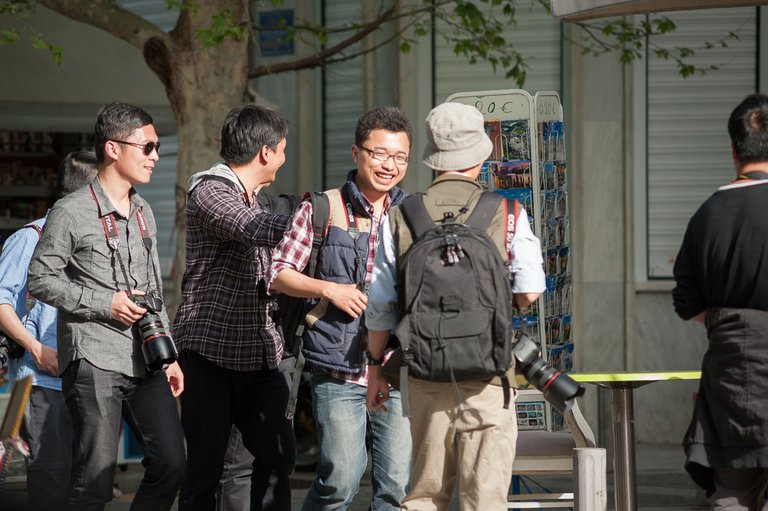
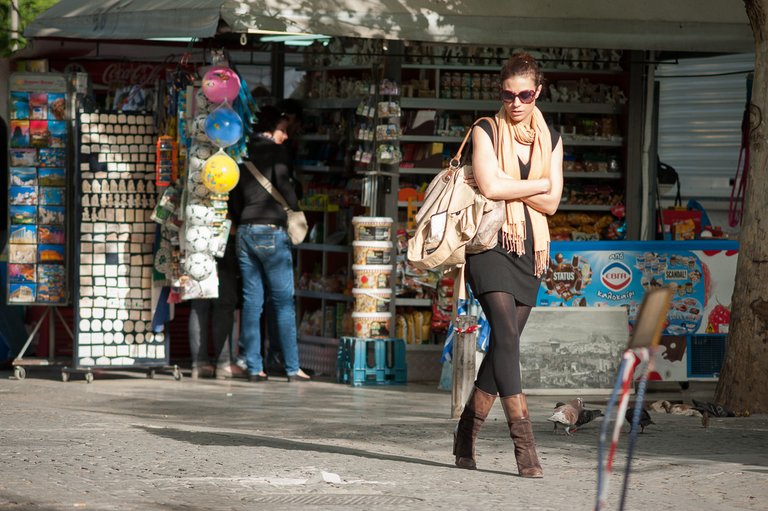
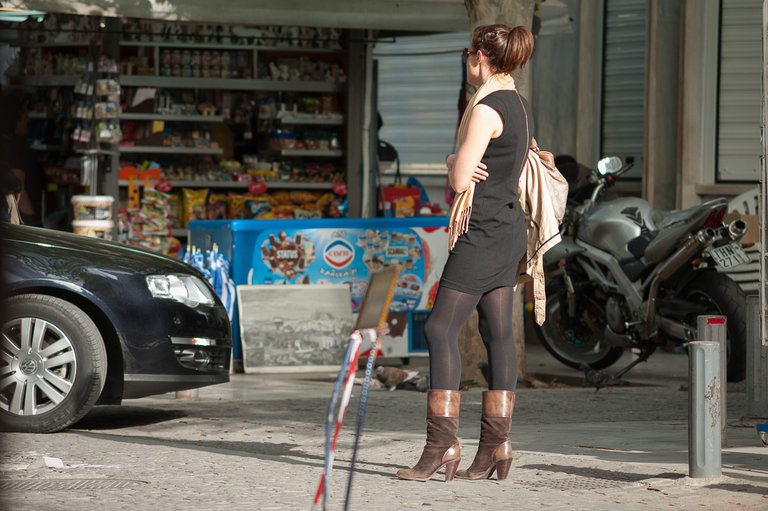


UPVOTE & SHARE
If you enjoyed this article I would really appreciate an upvote ;-) You could also help me by resteeming my article for others to find and read, thanks!
I love photography and I'm going to buy this camera. thanks